I'm considering doing DIY SMT Reflow for production of my Super OSD project.
An overview of the component count:
- Resistors: ~50 x 0603; precision 0.1% resistors as well as 1% and 5% components
- Capacitors: 17 x 0603, 2 x 0805, 1 x 1206 (all ceramics), 2 x EIA-3216 (tantalums.)
- Inductors: 1 SDR-0604 package
- Chips: SOIC-8 (EEPROM), SOIC-28, TQFP-44, some SOT-23 (temp sensor + TL431.)
- Transistors: 3 x SOT-23 (2 x N-ch mosfet, 1 x NPN)
- Diodes: 2 x SOT-23, 2 x SOD-323
- Misc: polyfuse 0805 x 1, LED 0603 x 1
As can be seen this going to be a monster to solder manually so I was thinking of doing DIY toaster oven reflow. Would this be suitable? Are there any pitfalls I need to be aware of?
Otherwise I'm going to have to solder them up myself but I see it being a real problem with almost 80 tiny components per board.
